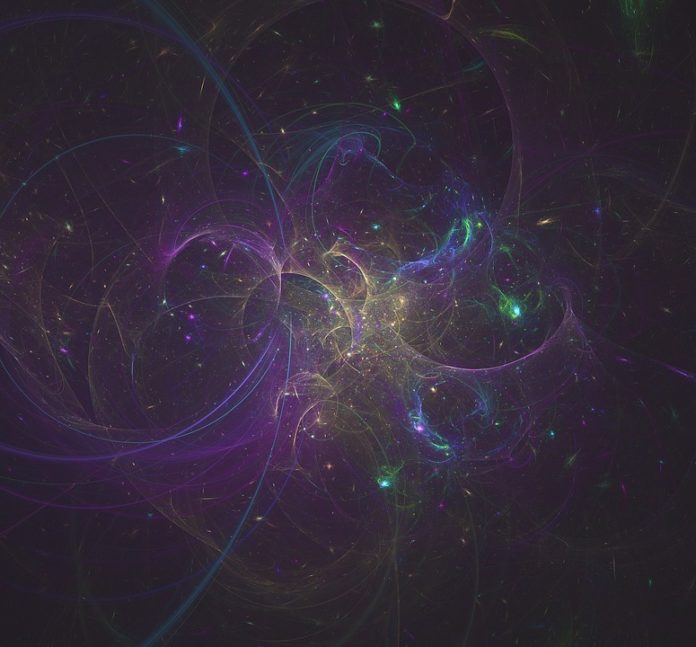Interference of matter waves is at the heart of quantum physics and has been observed for a wide range of particles from electrons to complex molecules. In a new study by the QUPLAS collaboration, scientists have demonstrated matter wave interference of single positrons.
Scientists demonstrated the wave duality of single positrons by quantifying with a setup similar to the so-called double-slit experiment. Such kind of set up often used in quantum theory to demonstrate the wave nature of particles.
During the experiment, scientists directed the positrons from a source to a position-sensitive detector. In between, there were gratings with patterns of two or more slits through which the particles travel.
Particles behaving like particles travel in straight lines and produce a pattern corresponding exactly to the grating. If the particles have a wave nature, a striped interference pattern appears at the detector that appears different from the grating. The new pattern is generated by the superposition of the waves emitted by the source and traveling through the grating.
Doing so, scientists successfully generated such an interference pattern from single antimatter particle waves. For this, they used an innovative period-magnifying Talbot-Lau interferometer coupled to a nuclear emulsion position-sensitive detector.
Dr. Ciro Pistillo of the Laboratory of High Energy Physics (LHEP) and Albert Einstein Center (AEC) of the University of Bern said, “With the nuclear emulsions, we are able to determine the impact point of individual positrons very precisely, which allowed us to reconstruct their interferometric pattern with micrometric accuracy—thus to better than a millionth of a meter. This feature allowed the researchers to overcome the main limitations of antimatter experiments, namely low antiparticle flux and beam manipulation complexity.”
Professor Paola Scampoli said, “Our observation of the energy dependence of the interference pattern proves its quantum-mechanical origin and thus the wave nature of the positrons. The success of the experiment paves the way to a new field of investigations based on antimatter interferometry. A goal is, for example, to perform gravity measurements with exotic matter-antimatter symmetric atoms such as positronium.”
Scientists are further expecting planning to test the validity of the weak equivalence principle for antimatter. This principle is at the basis of general relativity and has never been tested with antimatter. Future research fields based on antimatter interferometry could in the future provide information about the imbalance of matter and antimatter in the universe.
The results are reported in Science Advances.
